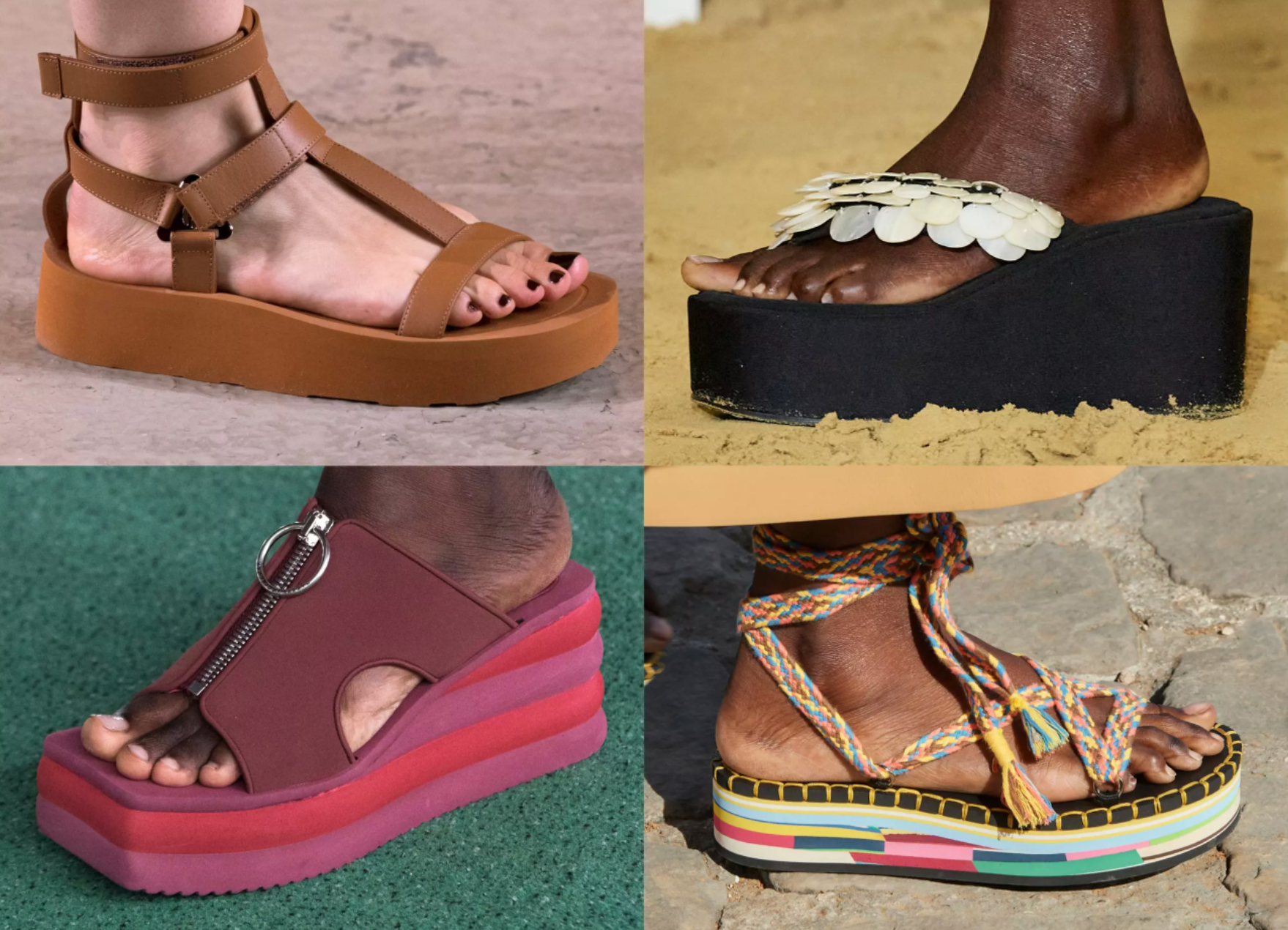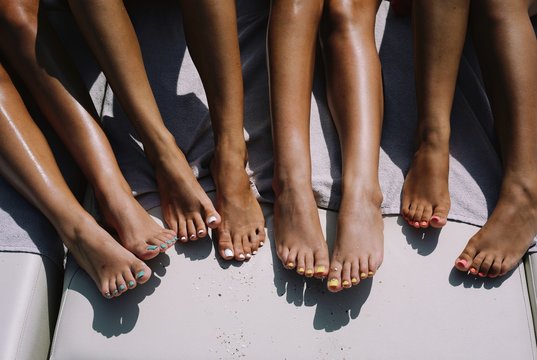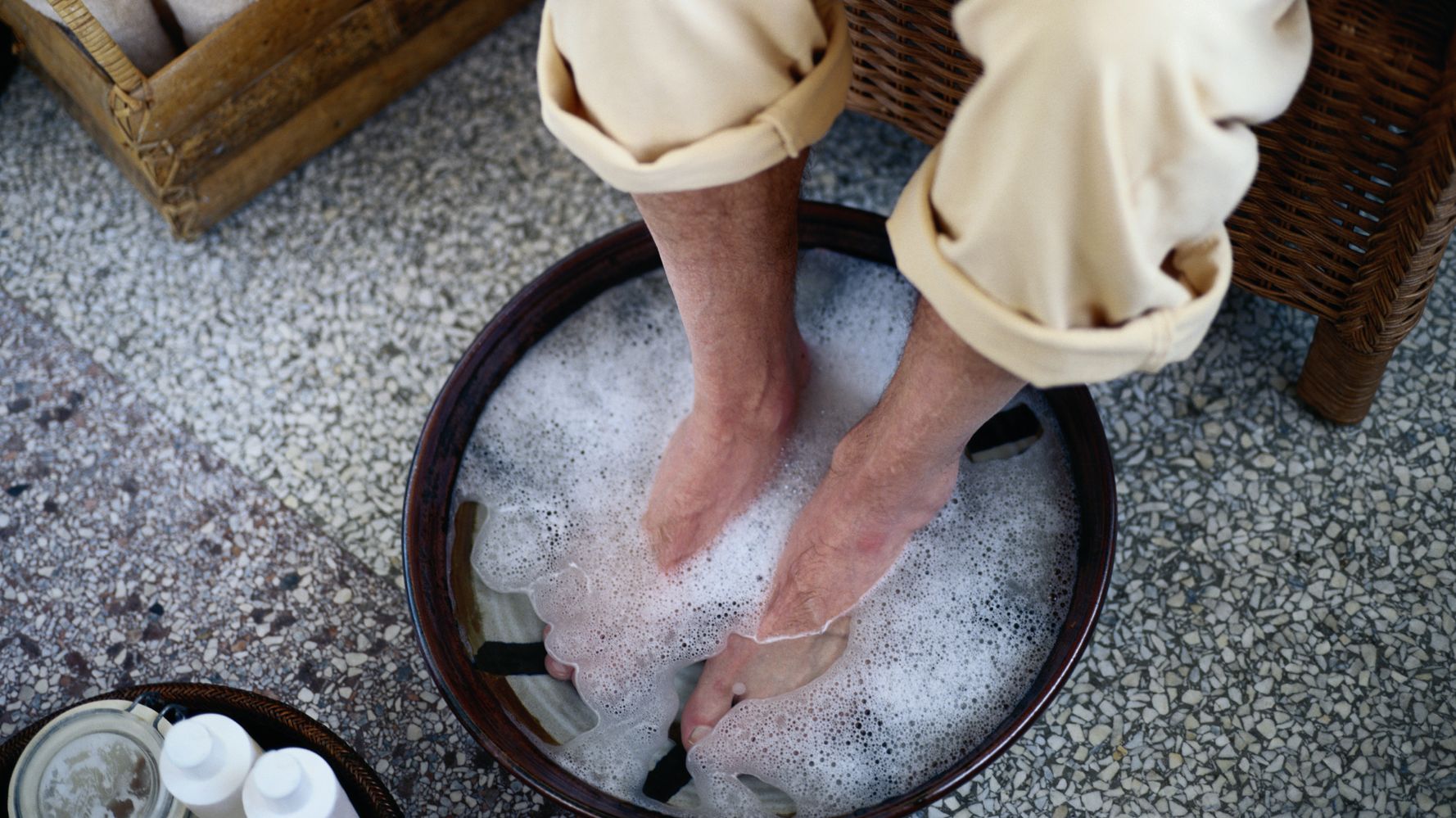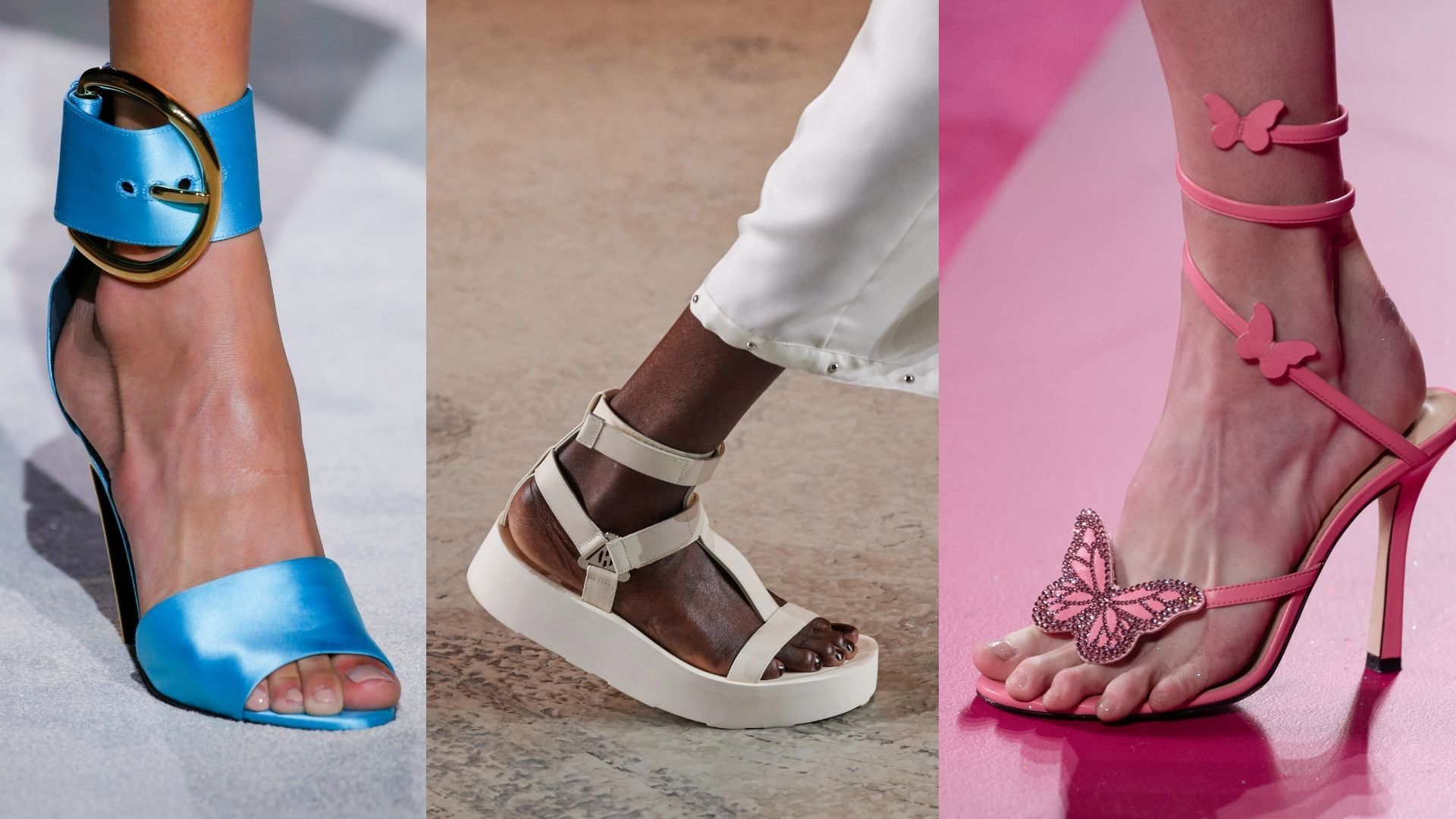It’s Sandal Season: Cure Foot-barrasment With The Perfect Pedicure

Whether they delight or disgust you, feet are forever at the forefront of our consciousness. While feet are a practical factor in getting us from place to place, the aesthetic factor they hold can be a cause of embarrassment, stress, or, for some, financial gain.
Having dry or cracked skin on your feet is super common, even if people don’t want to admit it. Our feet have fewer oil glands than other areas of the body; to add to that, they experience a lot of daily wear and tear, and this poor skin is going to suffer.
Tina Bello, founder of Shoreditch based Colour Riot Nails, told us, “showing your feet some love releases those feel good endorphins, improving well being and giving you a general feeling of confidence.
“There are many reasons why people may neglect their feet. The most common reason is that they do not feel their feet are attractive – whatever that means – and would rather just hide them away. This normally stems from a trauma regarding their feet. Maybe they were made fun of as a child, or poorly written jokes from outdated TV shows might have referenced feet similar to theirs as the butt of a gag.”

“Most people, through weird social conditioning, also associate feet with uncleanliness. We hear so often that things’ smell like feet’ when people describe an odd smell. It’s also the part of the body you’re most likely to neglect when going through mental or physical illness. They’re often the last thing on your mind when they’re not on show or playing up.”
With sandal season nearly upon us, it’s time to show our soles some love. Whatever your stance on feet, one thing we can agree on is that taking care of them can be a bit of a struggle. Tina suggests showing your feet some love by booking an appointment at your local nail salon or chiropractor, “let them give your feet some tender love and care and please don’t be embarrassed. Remember, they studied and trained in this field; they have seen all kinds of feet.”
Post-pamper, or if you just fancy some at-home foot care, there are steps we can all take to boost our confidence when wearing sandals. But what do our feet need? How do we avoid dry skin on those troublesome heels? What do we do to our toenails?
The best way to control dry skin is to exfoliate. Use a foot scrub or brush, such as a pumice stone or bristle brush, in the shower and, after gently dabbing your feet dry, follow up with a hydrating foot cream. Before grabbing your exfoliator of choice, make sure your feet are thoroughly soaked. To ensure this, make your foot scrub the last step in your shower routine or, if you have more time, try soaking your feet in warm soapy water to help soothe and loosen dry skin. Soaking the feet has many benefits. It can improve blood circulation to the feet, which will help prevent dry skin in the future, and adding some Epsom salt to this soak will aid with exfoliation while also easing muscle soreness.
Moisturising after exfoliating will help bring back some of the moisture lost through the rigorous scrubbing process, but moisturising the feet daily on top of this will help prevent your now silky smooth soles from drying out again. When looking for a foot cream, you want to avoid any products that contain alcohol, added fragrances, or artificial colours, as these will only worsen dry skin. Instead, you want to look for humectants, emollients, or occlusives.

Humectants work by attracting water to the upper layer of the skin and encourage the shedding of dead cells by breaking down the proteins that hold the cells together. Unfortunately, the term ‘humectant’ won’t typically be labelled on a product, so you need to look for specific humectant ingredients. Typical foot cream ingredients include glycerin, amino acids or urea, sugar alcohols such as glycerol, aloe vera gel, honey, and hyaluronic acid.
Emollients increase the rate of skin barrier restoration to help dry skin feel less tight and itchy. The most common emollient and most memorable to look out for is shea butter. Shea butter is also an occlusive. Occlusives boast a thick, heavy consistency, making them ideal for foot creams. These occlusives serve as a physical barrier to stop water loss from the skin’s surface while also protecting the skin from external irritants.
Common occlusive ingredients to keep an eye out for include beeswax, oils like olive oil and soybean, shea butter, and coconut oil. Petroleum jelly, or Vaseline, is a strong occlusive and, while too thick and sticky to be included in a retail foot cream product, rubbing a small amount on particularly dry areas of skin after applying a moisturiser will add some extra hydration – just make sure not to slip over.
While we may see pedicures and foot care as purely an aesthetic endeavour, taking care of your feet is vital in maintaining your health and wellbeing. As well as ensuring dry skin is treated to improve comfort and remove the worry of infection, since Ancient Egyptian times, the pedicure has been a form of reflexology to treat muscle pain and alleviate stress.
Pedicures were seen this way, as essential medical care, throughout much of Western Europe until the end of the 1800s, when the treatment became more of a luxury and was labelled a beauty treatment favoured by upper-class women.

What we now call a pedicure, simply painting the toenails, gained popularity, fittingly, alongside the invention of open-toe shoes. Peep toe shoes were first introduced and popularised in the 1930s following the arrival of sunbathing and beach-going for the purpose of tanning. Revlon released the first commercially available nail polish, and voila, in the same decade, toenails were painted and paraded about in public.
So, how can we give ourselves a salon-worthy pedicure at home? The first step is cutting and shaping the toenails. The nail shape to aim for is flat across. While you may want rounded nails, it’s important to cut the nails straight across to prevent any ingrown nails. Once cut flat, you can file down the edges of the nails so the corners are slightly rounded, following the shape of the toe. It’s important to cut your nails regularly to reduce the likelihood of damage due to the repetitive stress of your nails hitting your shoes with every step you take.
Now you’ve spent all this time caring for your feet, you want to show them off. Choice and footwear fit are important factors in looking after your newly tantalising toes.
The rule of thumb is if you can bend and twist a pair of shoes with ease, they will not be supportive enough for your feet. Flat flip flops, ballet flats, and anything with a thin, foam sole isn’t going to provide the support your feet need. Consider instead wearing a sandal with a slight heel or platform to give about an inch of support at the heel. This will take the stress off the achilles and give more support to the foot.
Standing up for too long or wearing poorly fitting shoes can put pressure on specific areas of the feet, causing friction and, you guessed it, drying out the skin. Make sure your shoes fit properly, you have a supportive sole, and after you’ve taken your shoes off at the end of the day, try to soak and rinse the feet and apply a moisturiser to bring back hydration to the skin.
While you may think of foot care as a purely aesthetic driven endeavour, taking care of your feet is a vital use of time to improve health and wellbeing. It may seem like a lot of work, but your feet do a lot of work. Looking after them can help improve posture, joint pain, aid in relaxing the body, and reduce the often crippling foot-barrassment we all experience in sandals.
Discover more from GUAP’s Fashion section here




![ZINO VINCI’S ‘FILTHY & DISGUSTING’EP BRINGS YOU TO THE CORE OF THE ARTIST [@ZinoVinci]](https://guap.co/wp-content/uploads/2023/10/Zino-4.jpg)



